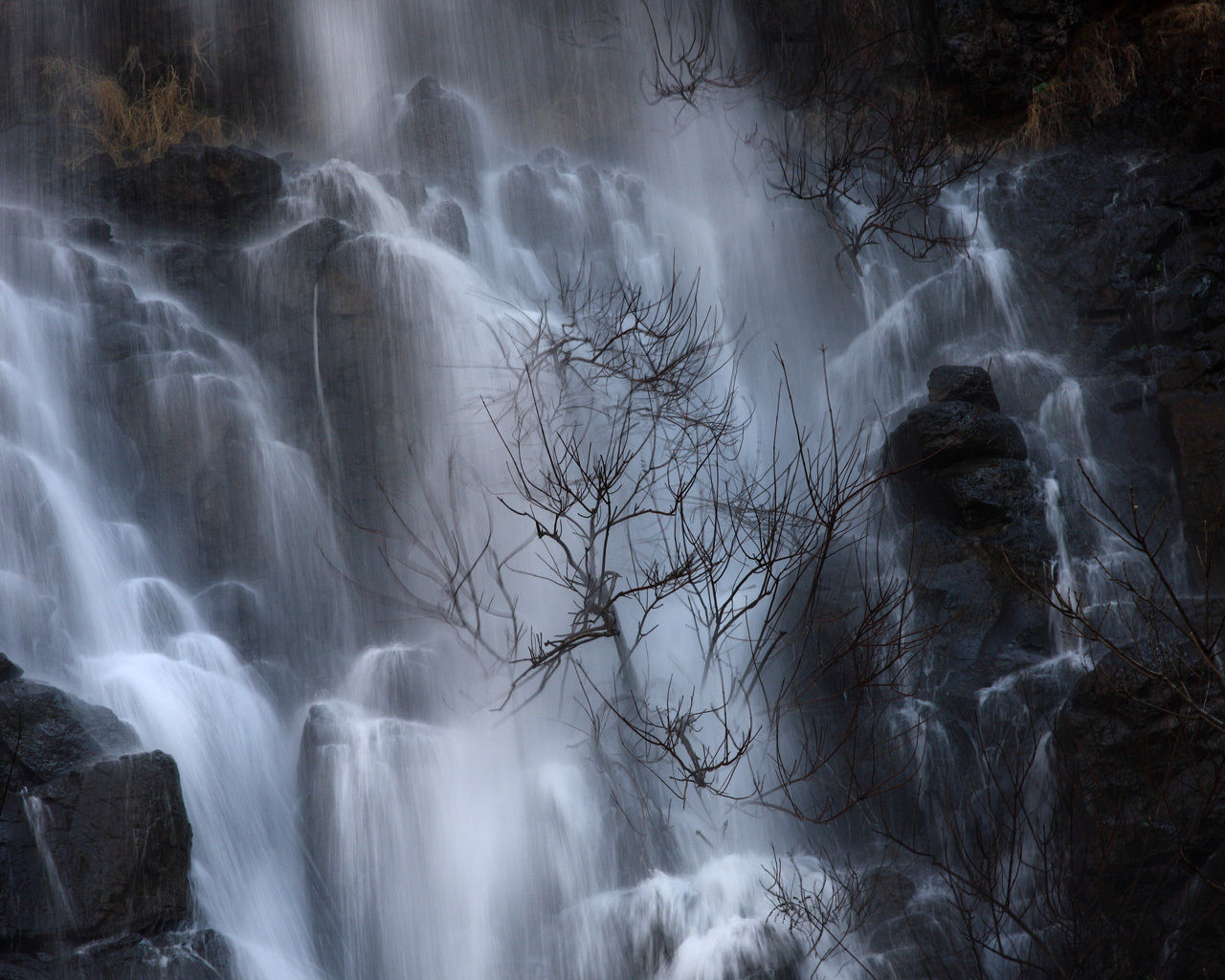
Ecolibrium



Waste
Hugo, Mary
Before we spent our time at MOSS the majority of us probably did not know much about where recycling, waste water, and trash go after we throw it away. This project has given us the chance to see all sides of taking care of our waste. We have gone to local waste treatment plants and learned that there is more than one way to ensure the proper disposal of waste water. The waste facilities that we have visited remove the waste by non- toxic bacteria and purify the water. Then the water goes back to be used for non-potable water usage. We learned about more efficient ways to take care of trash by making it more accessible with trash and recycling bins in more locations for people to use. We also learned about composting and how the food you throw away can be used for local community gardens. Use of these gardens increases with easy accessibility to the community. With all the information we learned with MOSS it helped shape the waste management of the city of ECOLIBRIUM.
We will have free curbside recycling every other week. With recycling we will give a cost reduction per pound of recycled materials- receives $3.50/ lb. up to $50.00 a month. Trucks with resettable scales and a computer will collect and measure the amount of recyclables per household. Each dumpster in the city will have a sorted recycling container within a close proximity.
Compost will be collected by curbside services. Then with assistance from FOOD they will make the compost available to public gardens and\or private companies or farms. What is able to be sold back to the companies from recycling will be. There will be three bins for the following; trash, recyclables, and composting.

There will be machines or workers at the recycle/trash buildings to sort through the waste items that were thrown away improperly and will get sent to the proper location. Our buildings will be powered by biomass generator created by the burning of trash. It will be completely self-sustainable and any excess energy will be put back into the grid for others to use. When there are items that are unable to be used for biomass or unable to be recycled it will be stored in a contained part of the facility then when full will be exported to a nearby location to be properly disposed.

Every business that’s owns a dumpster is required to also have a recycling and composting bins. Working with WATER we can also send water to their purification facility in times of need. They can then completely purify it for drinkable use. Almost all of the water we clean will be used for irrigation or non drinking water. Only time we send water to the purification plants is when aquifer or dam is for some reason low on water.
Also we looked at a hydrograph about the predicted climate change that would lead to run off from the mountains coming earlier each year. To deal with this challenge we decided to create a backup storage container for the runoff from the mountains if the water levels reach full capacity in the first container. The next initiative for this problem we chose is to regulate the amount of water used for irrigation to make sure the water is not used before the dry season ends.